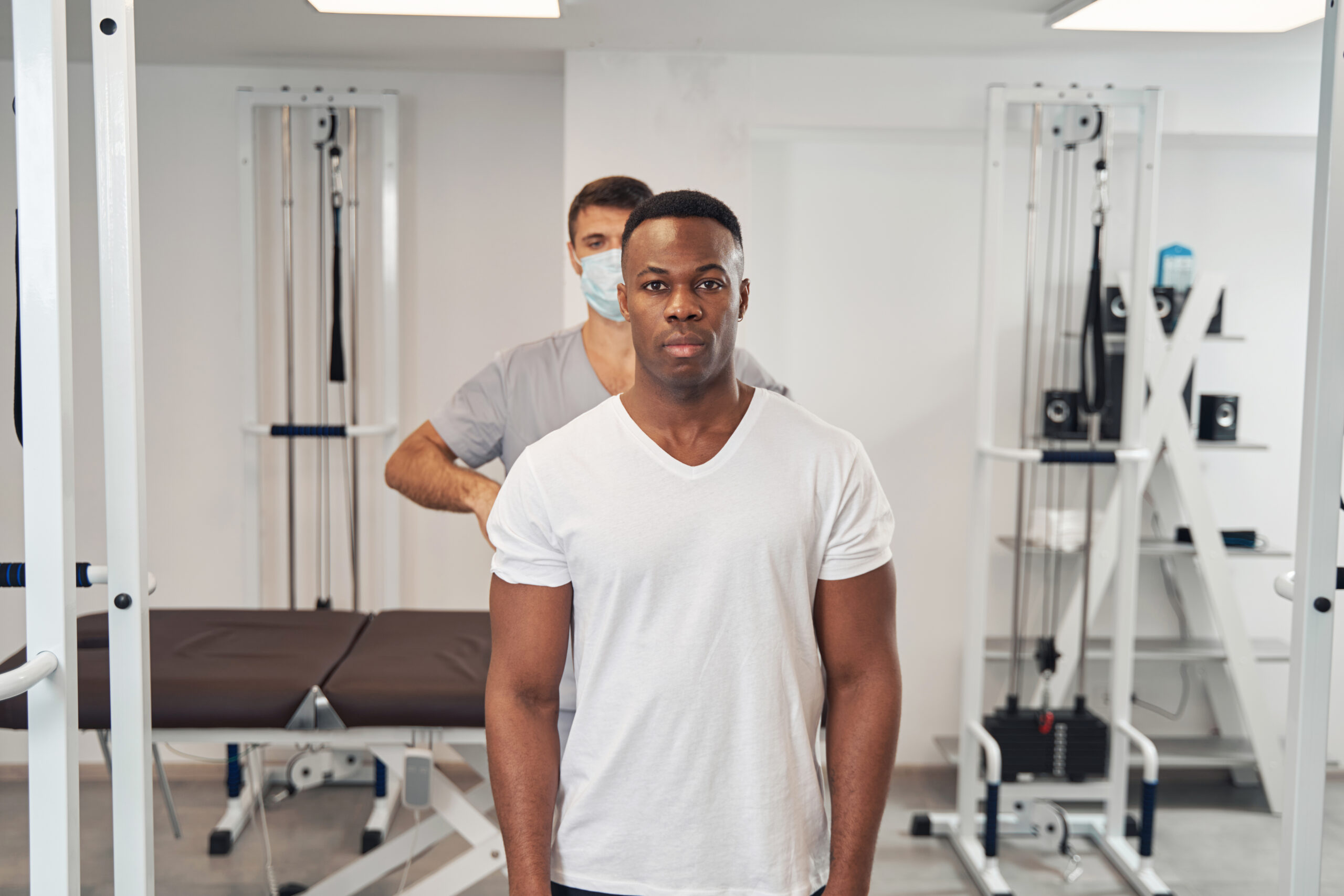Experiencing pain in the pelvic region, particularly rectal, testicular, or scrotal discomfort, can be unsettling for men. Often, traditional medical evaluations may not pinpoint the cause, leaving patients frustrated and in pain. However, one overlooked culprit could be the pelvic floor muscles. Understanding the role these muscles play in pelvic pain, including prostatitis-like symptoms, and how physical therapy can provide relief is vital for men seeking answers.
Understanding Male Pelvic Anatomy
To appreciate how pelvic floor muscles contribute to discomfort, it helps to understand the anatomy of the pelvis. The pelvic region consists of several interconnected bones and muscles. These include:
- Iliac bones: The large, wing-shaped bones on either side of the pelvis.
- Pubis bone: Located at the front, where the iliac bones meet.
- Sacrum: A triangular bone at the base of the spine, connecting the pelvis from behind.
Beneath these bones lies a group of muscles that form a sling, supporting the organs and spanning the area known as the saddle region—the space between the sit bones, tailbone, and pubic bone. These muscles are essential for urination, bowel movements, and sexual function. In men, they also support the urethra and rectum.
The Role of Pelvic Floor Dysfunction in Pain
When pelvic floor muscles become tight or strained, they can develop knots known as trigger points. These taut bands of muscle can refer pain to various regions, including:
- The rectum
- The scrotum
- The testicles
- The lower abdomen
Men with pelvic floor dysfunction may describe sensations such as:
- Feeling like they are sitting on a golf ball
- Difficulty urinating or retaining urine
- Constipation or trouble with bowel movements
- A persistent ache in the pelvic region
Misdiagnosis and Common Medical Pitfalls
Men experiencing these symptoms often seek help from urologists. While this is a logical first step, traditional diagnostic methods may fall short in identifying pelvic floor dysfunction. Common scenarios include:
- Negative lab tests for infections or inflammation
- Unsuccessful courses of antibiotics
- Frustration at the lack of a clear diagnosis
These situations arise because the root cause—pelvic floor muscle tension—is not easily detectable through standard medical tests.
How Physical Therapy Addresses Pelvic Pain
Physical therapy offers a targeted approach to treating pelvic floor dysfunction. Specialized physical therapists assess and treat the pelvic floor muscles in conjunction with related areas, including the hips, lower back, and mid-back. This holistic approach ensures that interconnected issues contributing to pain are addressed.

Techniques Used in Physical Therapy
- Manual Therapy
- Physical therapists use hands-on techniques to release trigger points and relax tight muscles. This can significantly reduce pain and improve muscle function.
- Stretching and Strengthening Exercises
- Gentle stretches and targeted exercises help alleviate tension in the pelvic floor and surrounding muscles, improving overall mobility and function.
- Biofeedback
- This technique helps patients learn how to relax and coordinate their pelvic floor muscles effectively, reducing strain and discomfort.
- Postural Corrections
- Addressing posture and alignment issues can relieve pressure on the pelvic region and prevent recurrence of symptoms.
- Education on Self-Care
- Therapists guide patients in adopting lifestyle changes, such as proper sitting techniques and stress management strategies, to support recovery.
Why Seek Specialized Physical Therapy?
Not all physical therapists are trained in pelvic floor dysfunction, particularly in men. It is crucial to find a therapist who:
- Specializes in treating male pelvic floor issues
- Understands how pelvic floor dysfunction interacts with other regions, such as the hips and lower back
- Provides individualized treatment plans based on a comprehensive evaluation
Steps You Can Take at Home
While professional physical therapy is often necessary, some self-care practices can complement treatment:
- Gentle Stretching: Engage in stretches that target the hips and lower back to alleviate tension in the pelvic region.
- Heat Therapy: Apply a warm compress to the pelvic area to relax tight muscles.
- Breathing Exercises: Practice diaphragmatic breathing to reduce stress and promote muscle relaxation.
- Avoid Prolonged Sitting: Use a cushion or take frequent breaks to minimize pressure on the saddle area.
Prostatitis and Male Pelvic Pain – The Path to Relief
Pelvic pain can be debilitating, but understanding its connection to pelvic floor dysfunction opens the door to effective treatment. Physical therapy provides a non-invasive, evidence-based approach to relieving pain and improving quality of life. If you’ve been struggling with persistent pelvic discomfort and traditional medical treatments have not provided answers, seeking help from a specialized physical therapist may be the key to recovery.
By addressing the root cause of pain and working with a trained professional, you can regain control over your health and well-being.
Also Read: Is Rectal Pain Linked to Your Pelvic Floor Muscles?
I’m Hina Sheth. I have been treating complex orthopedics, sports and pelvic floor physical problems for over 25 years with amazing results. Now I want to bring my knowledge to the global community so I can spread my knowledge to you.
Our bodies are complex systems of 600 muscles and organs intertwined in a fascial system that all work together. Imbalances in this system such as trigger points, visceral and myofascial restrictions can lead to joint, pelvic, and organ issues.
Factors like nutrition, exercise, sleep, and stress play a crucial role. Unfortunately, our current healthcare model does not look at our bodies as a whole and oftentimes compartmentalize musculoskeletal injuries and dysfunctions.
At Rebalance, our goal is to holistically treat this complex system to restore harmony in the body. By addressing these imbalances, we help clients improve their overall health and well-being. Our vision is to empower individuals to create a healthier lifestyle for themselves.






